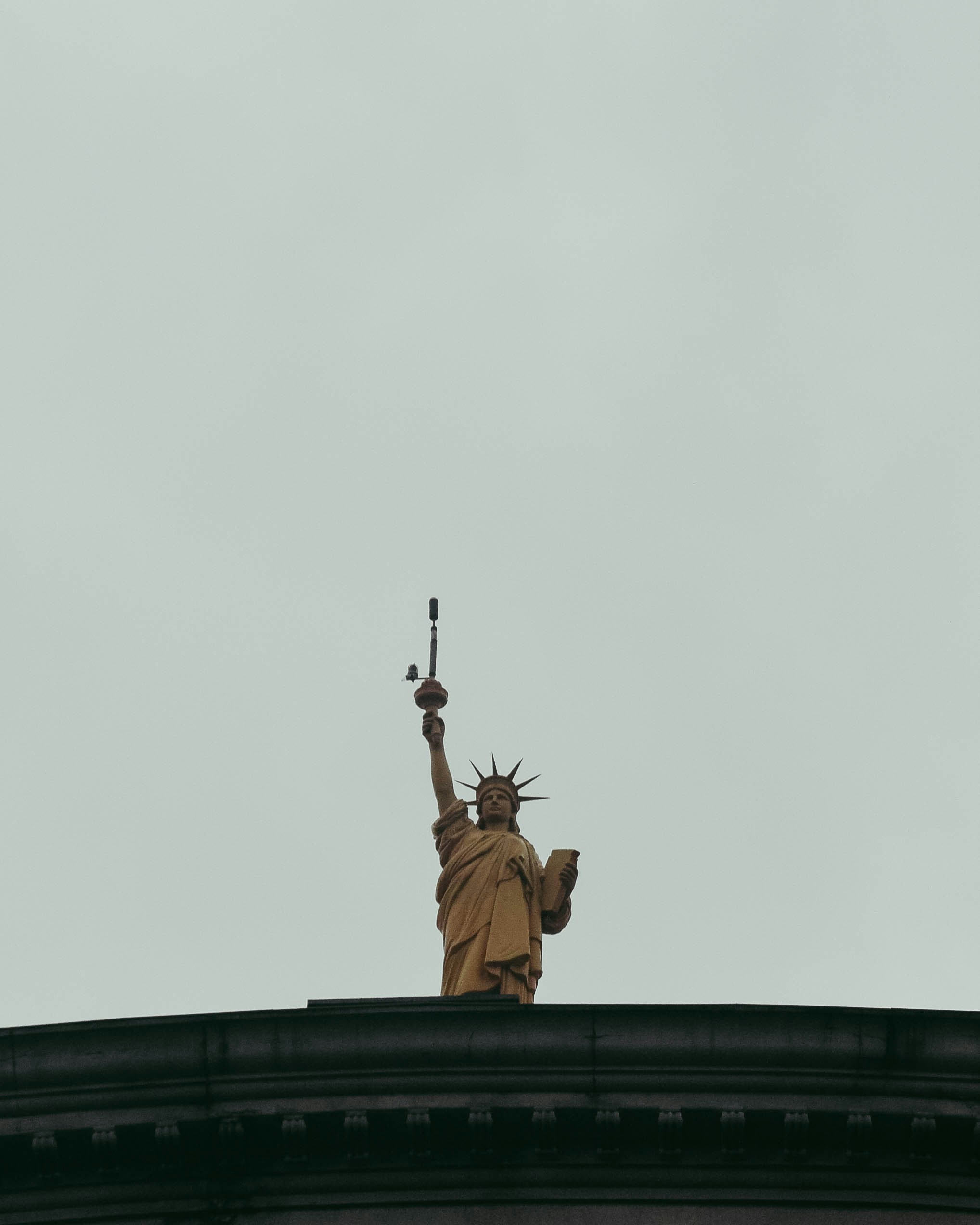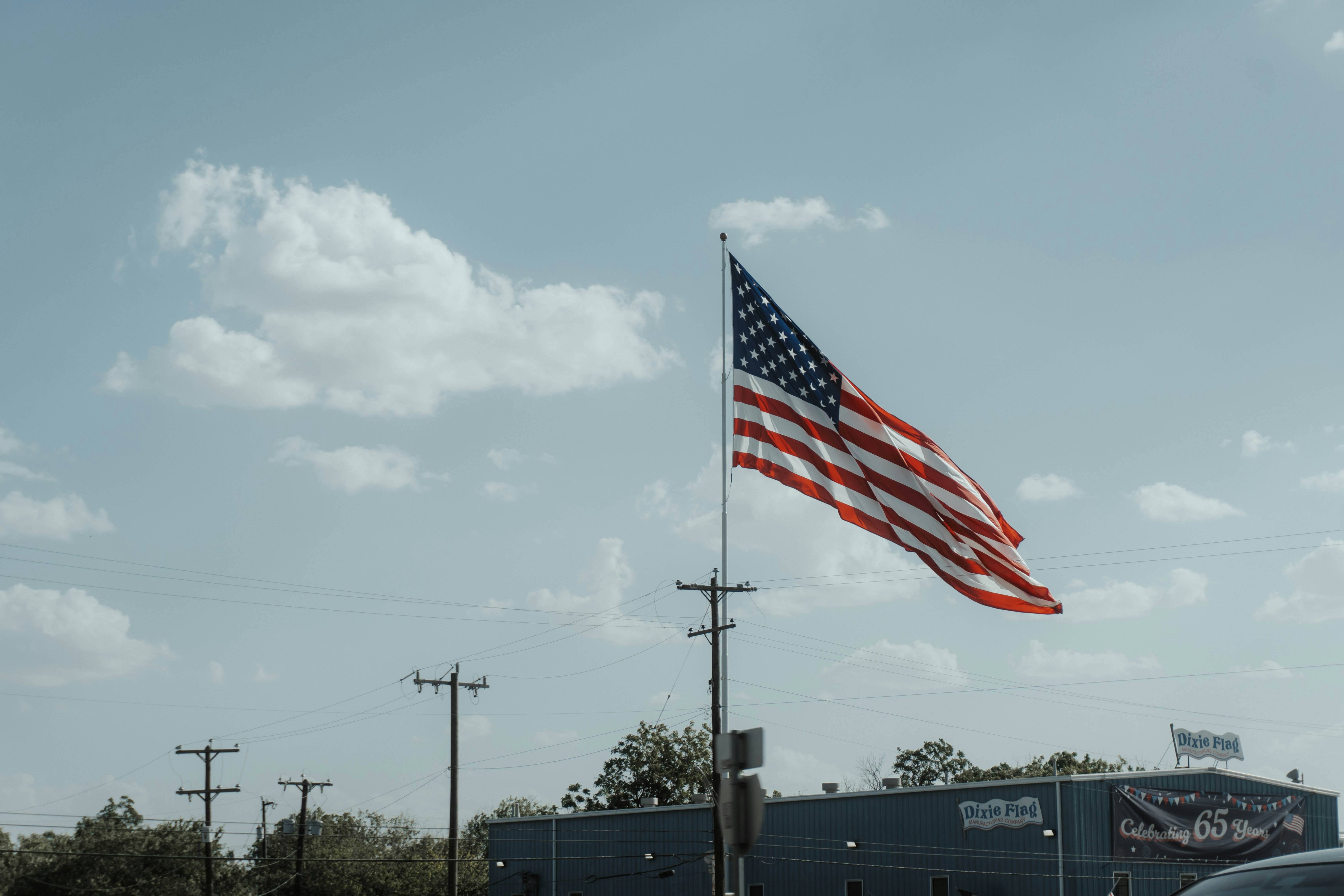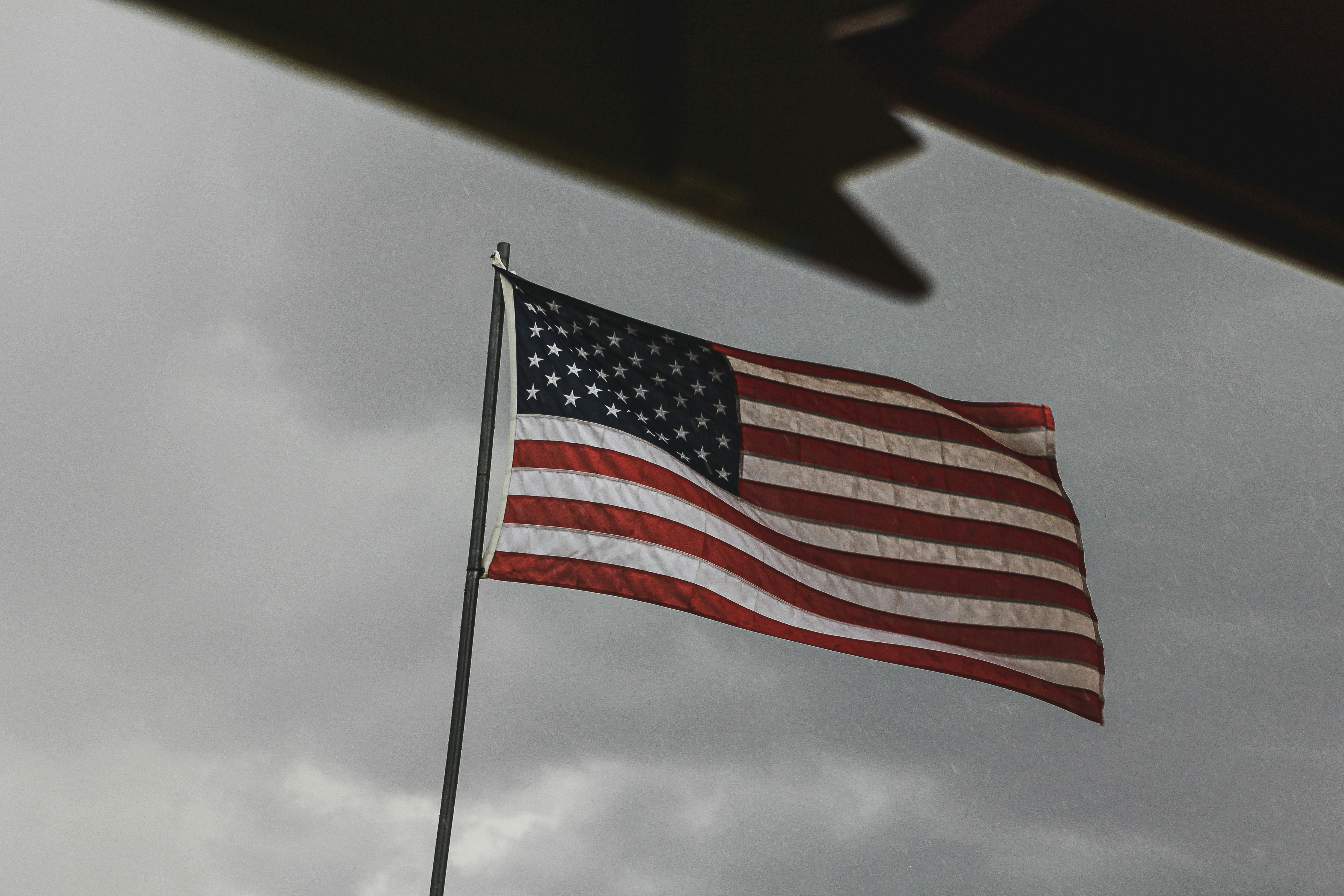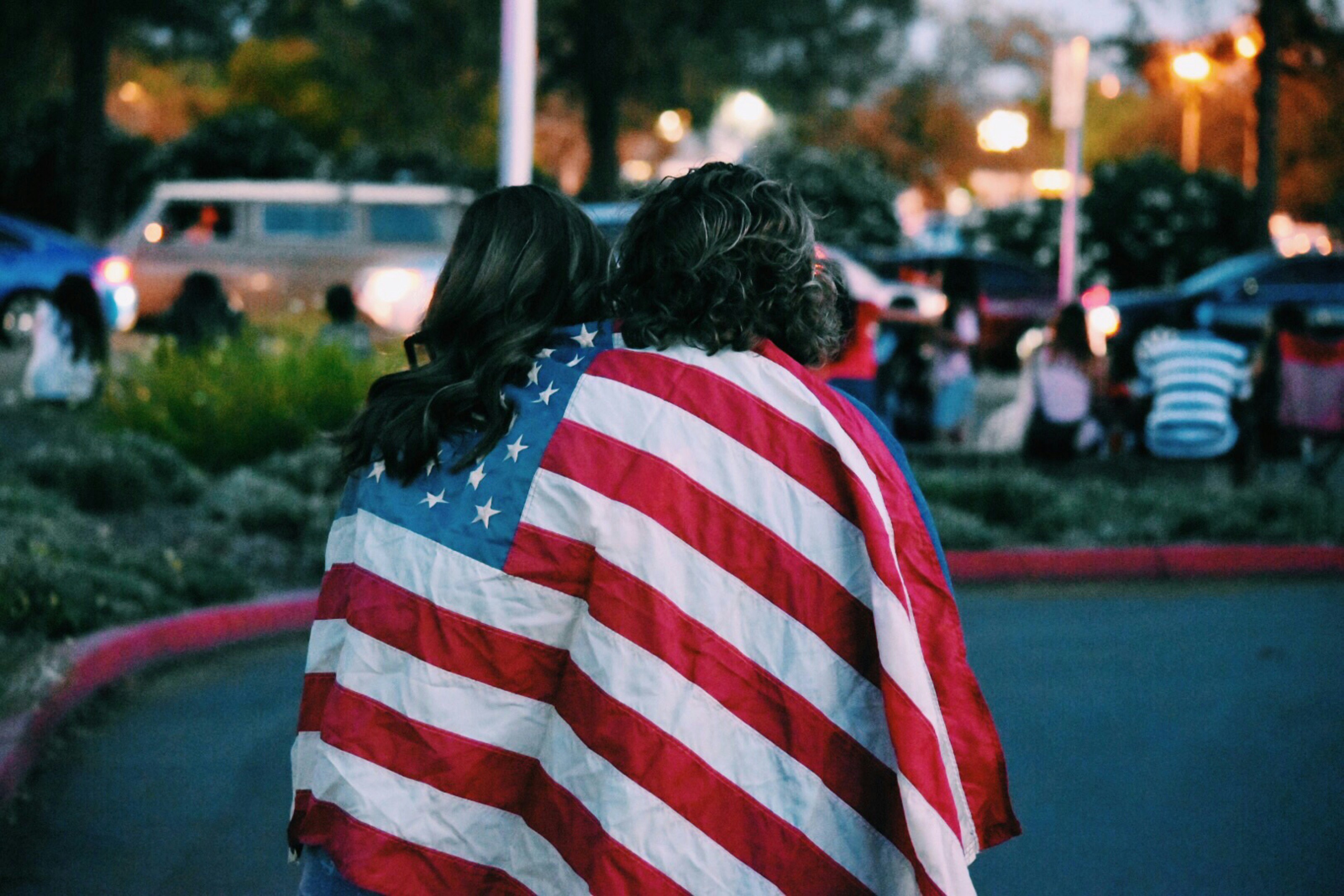Overview of American Transportation
The United States has developed a diverse transportation network that reflects the country's size, geography, and cultural values. Unlike many other countries, America's transportation system is heavily oriented around automobiles and highways, though public transit options vary significantly by region. Understanding transportation options is essential for navigating daily life in America.

Highway systems connect major cities across the United States
The Car Culture
Car ownership is deeply integrated into American life and culture. This automobile-centric approach has shaped everything from urban development to daily habits:
- Over 90% of American households have access to at least one vehicle
- Cities and suburbs have developed with cars as the primary transportation mode
- Drive-through services are available for everything from banking to dining
- Dedicated parking facilities are common at most destinations
- Many Americans view car ownership as a symbol of independence and freedom
While environmental concerns and urban congestion have led to growing interest in alternative transportation, personal vehicles remain the dominant mode of transportation for most Americans.
Driving in America
For those who plan to drive in the United States, understanding American driving norms, rules, and infrastructure is essential for safe and efficient travel.
Driver's Licenses and Regulations
Driving in America requires a valid driver's license. For visitors and new residents:
- International visitors can typically drive with their home country's license for up to 3-12 months, depending on the state
- New permanent residents generally need to obtain a state driver's license within 30-90 days
- Driver's licenses are issued by individual states, not the federal government
- The legal driving age is 16 in most states, though restrictions may apply to young drivers
- Driving under the influence of alcohol or drugs carries severe penalties
Road Systems and Navigation
The American road network includes several categories of roadways:
- Interstate Highways: High-speed, limited-access roads connecting major cities, designated by "I-" followed by a number (e.g., I-95)
- U.S. Highways: Major routes designated by a shield with a number (e.g., US 1)
- State Highways: Routes maintained by individual states
- County Roads: Local roads maintained by county governments
- Local Streets: Roads within cities and towns
American roads typically follow a few consistent patterns:
- Driving is on the right side of the road
- Distances and speed limits are measured in miles and miles per hour
- Many cities use grid systems with numbered streets and avenues
- GPS navigation systems and smartphone apps like Google Maps are widely used
- Highway exits are numbered, usually based on mileage markers
Renting and Owning Vehicles
For visitors and new residents, renting a car is straightforward but comes with considerations:
- Major rental companies have locations at airports and throughout cities
- A valid driver's license and credit card are typically required
- Additional insurance options are offered but may duplicate coverage from credit cards or personal policies
- Age restrictions may apply, with surcharges common for drivers under 25
For those staying longer, car ownership involves:
- Vehicle registration with the state department of motor vehicles (DMV)
- Mandatory auto insurance (requirements vary by state)
- Regular vehicle inspections in many states
- Property taxes on vehicles in some states

American highways connect cities and facilitate travel across the vast country
Public Transportation
While less prevalent than in many countries, public transportation plays an important role in America, particularly in urban areas. The availability and quality of public transit vary significantly across different cities and regions.
Urban Public Transit
Subway and Light Rail Systems
Major cities have developed extensive rail transit systems:
- New York City operates the largest subway system with 472 stations and 24-hour service
- Washington DC's Metro, Chicago's "L," and Boston's "T" offer extensive urban rail networks
- Newer light rail systems serve cities like Denver, Portland, and Minneapolis
- Most systems use rechargeable fare cards that work across multiple transit types
Bus Networks
Bus service is the most common form of public transportation in American cities:
- Local buses serve neighborhoods with frequent stops
- Express buses connect suburbs to downtown areas
- Bus rapid transit (BRT) systems with dedicated lanes operate in some cities
- Most systems provide accessibility features for riders with disabilities
Intercity Travel
Air Travel
For long-distance travel in the United States, air travel is the most common option:
- Major airlines operate extensive domestic networks connecting hundreds of airports
- Large hub airports like Atlanta, Chicago, and Dallas facilitate connections
- Security procedures require arriving 1-2 hours before domestic flights
- Regional airlines serve smaller communities
Rail Travel
Amtrak provides passenger rail service throughout parts of the country:
- The Northeast Corridor (Boston to Washington DC) offers the most frequent service
- Long-distance routes connect major cities but with less frequent service
- Scenic routes like the Coast Starlight (Seattle to Los Angeles) are popular with tourists
- High-speed rail is limited, with Acela service in the Northeast being the fastest option
Intercity Buses
Bus companies provide affordable intercity travel options:
- Greyhound operates the most extensive nationwide network
- Discount carriers like Megabus and Flixbus offer competitive fares on popular routes
- Modern intercity buses typically include Wi-Fi and power outlets
- Bus stations are often located in downtown areas with connections to local transit
Emerging Transportation Options
New transportation modes are expanding across American cities:
- Ridesharing: Uber and Lyft operate in most urban and suburban areas, offering on-demand transportation through smartphone apps
- Bike Sharing: Public bicycle rental systems are available in many cities, allowing short-term rentals from self-service docking stations
- Electric Scooters: Rental e-scooters have proliferated in urban areas, offering flexible short-distance transportation
- Car Sharing: Services like Zipcar allow members to rent vehicles by the hour for short trips

Public transit systems connect communities in major American cities





